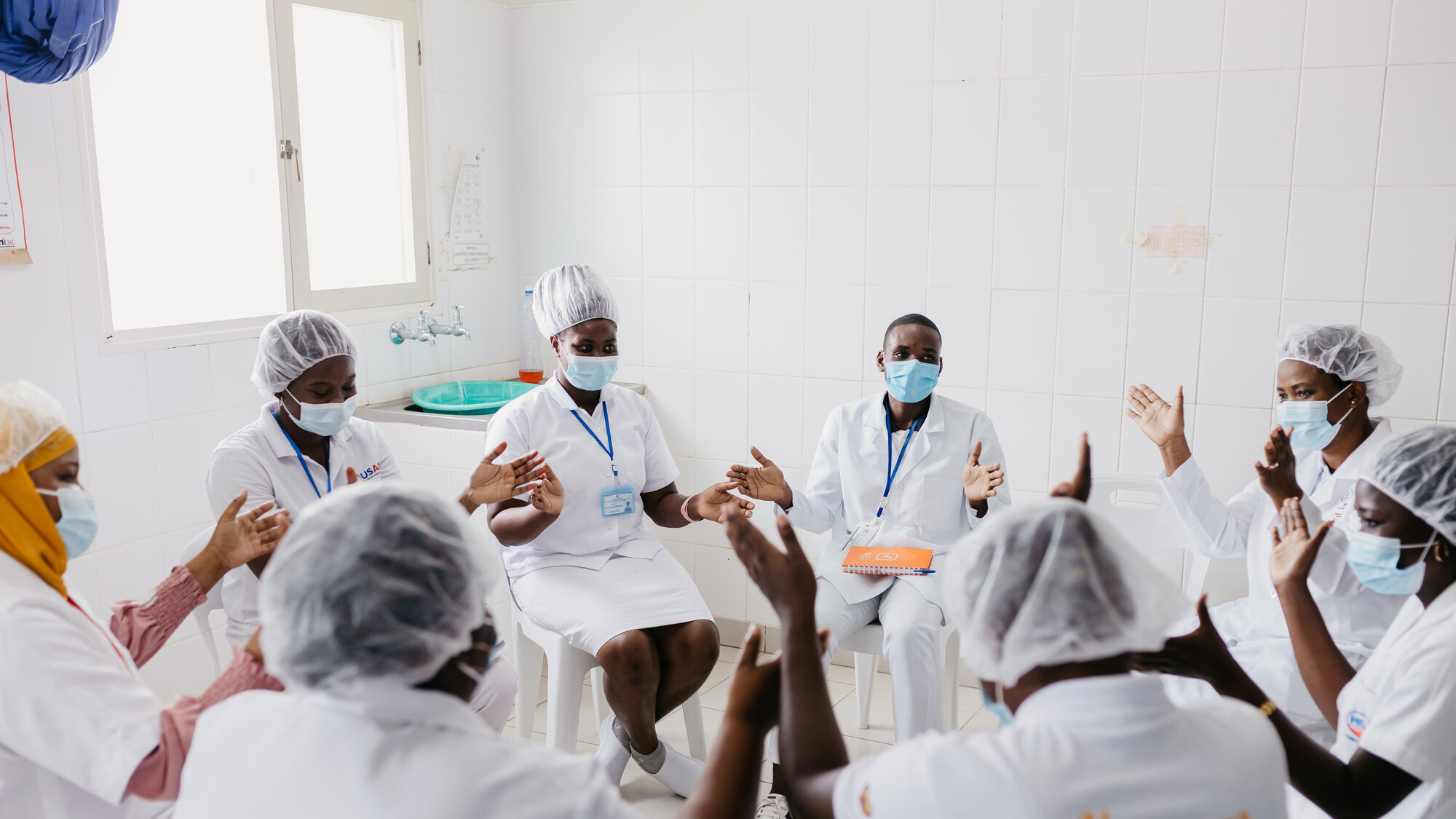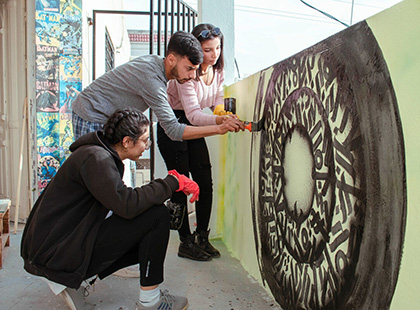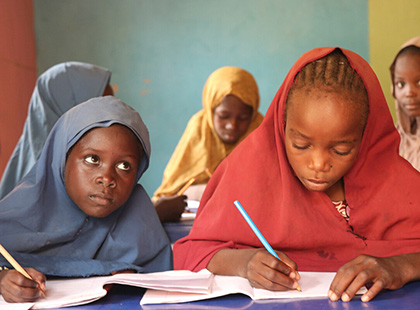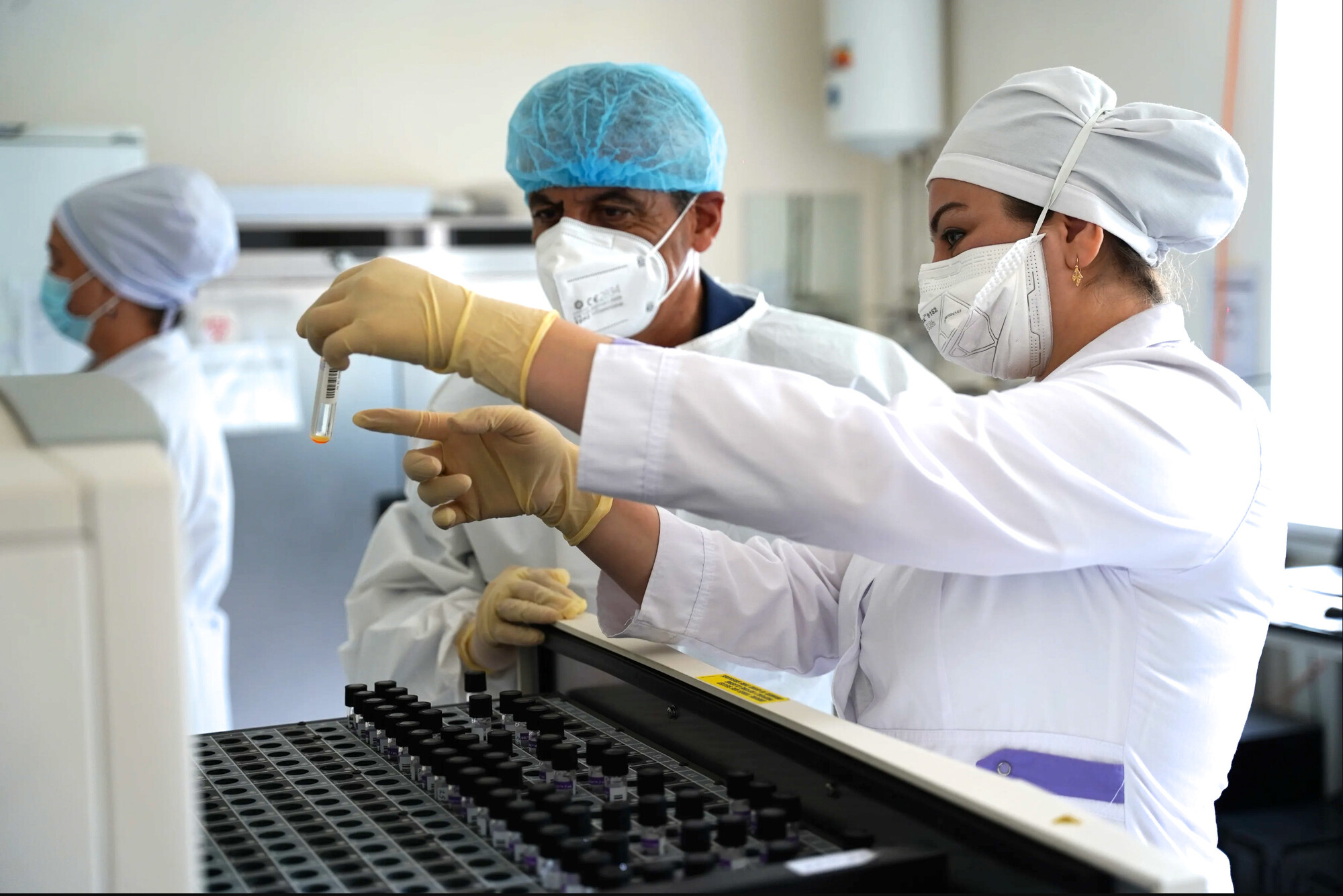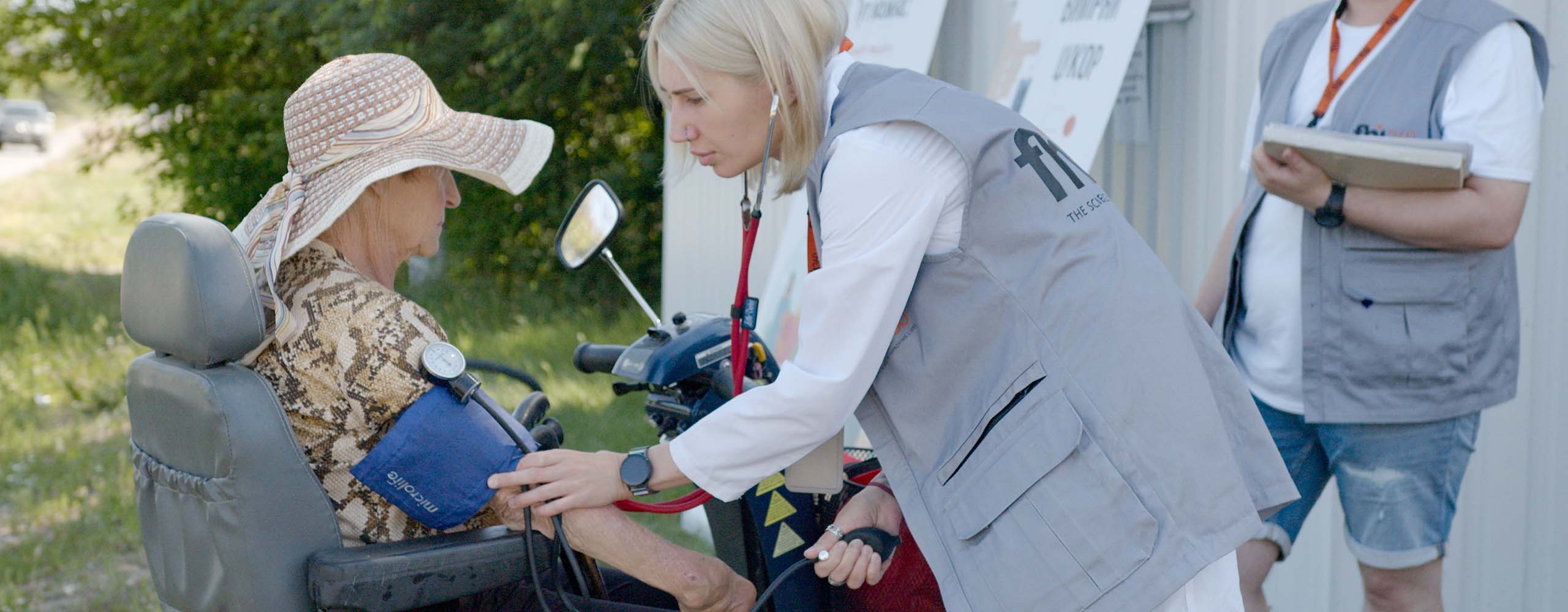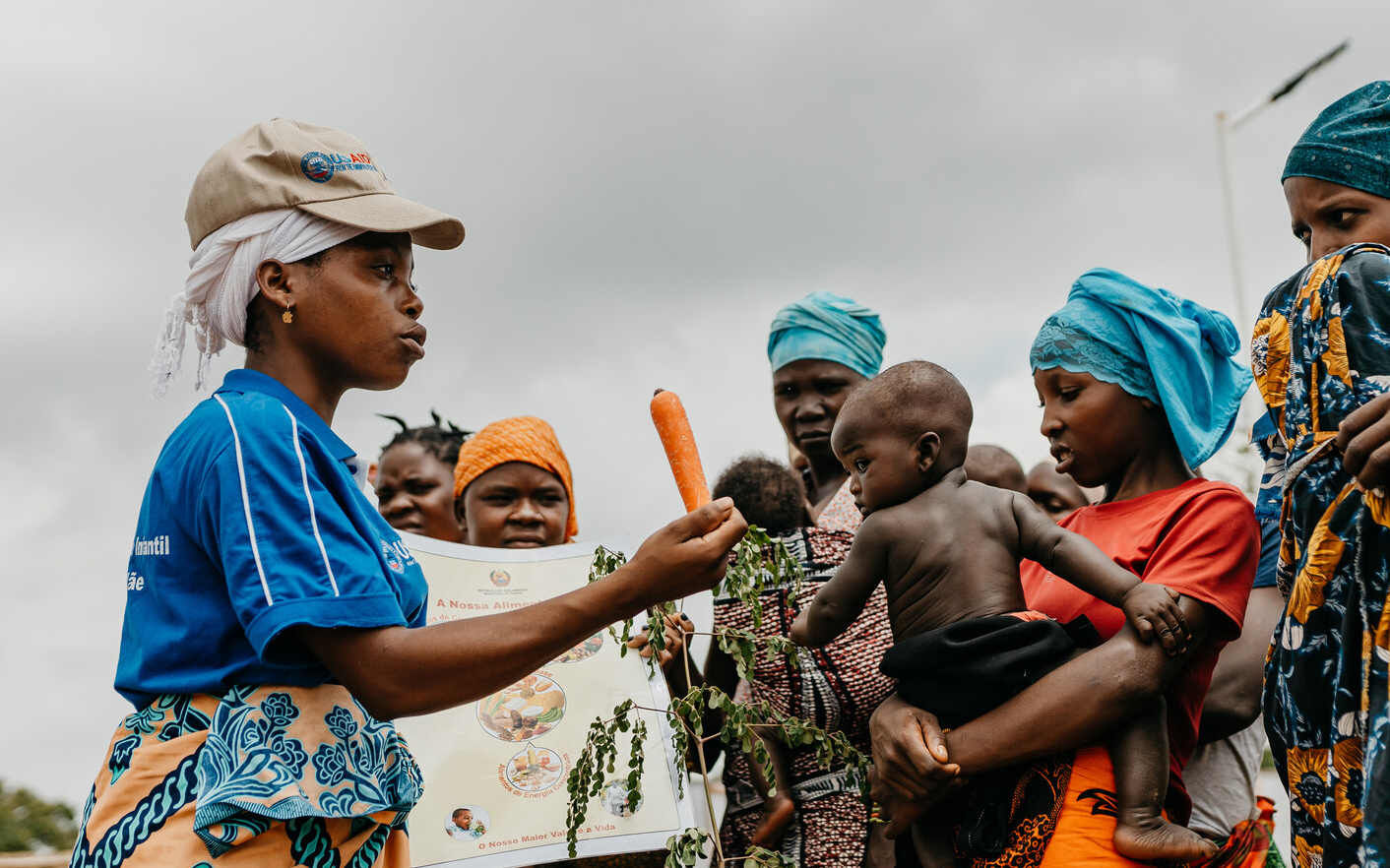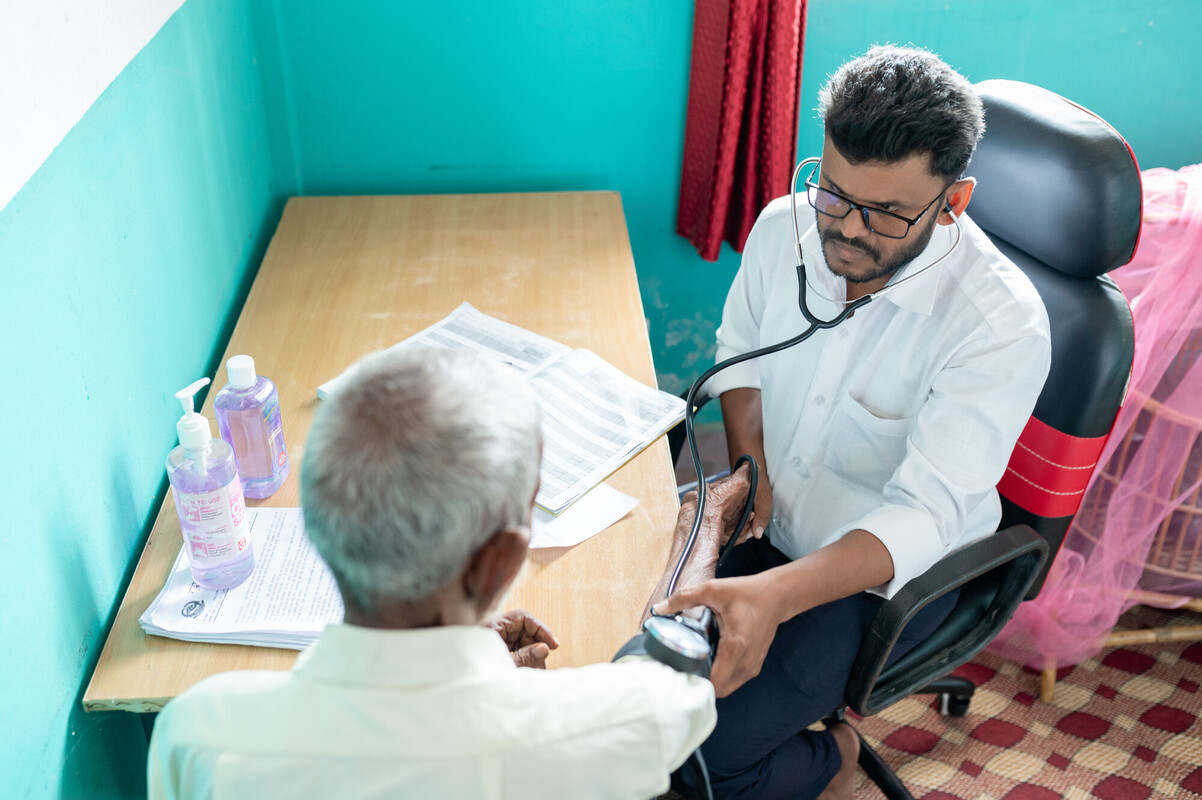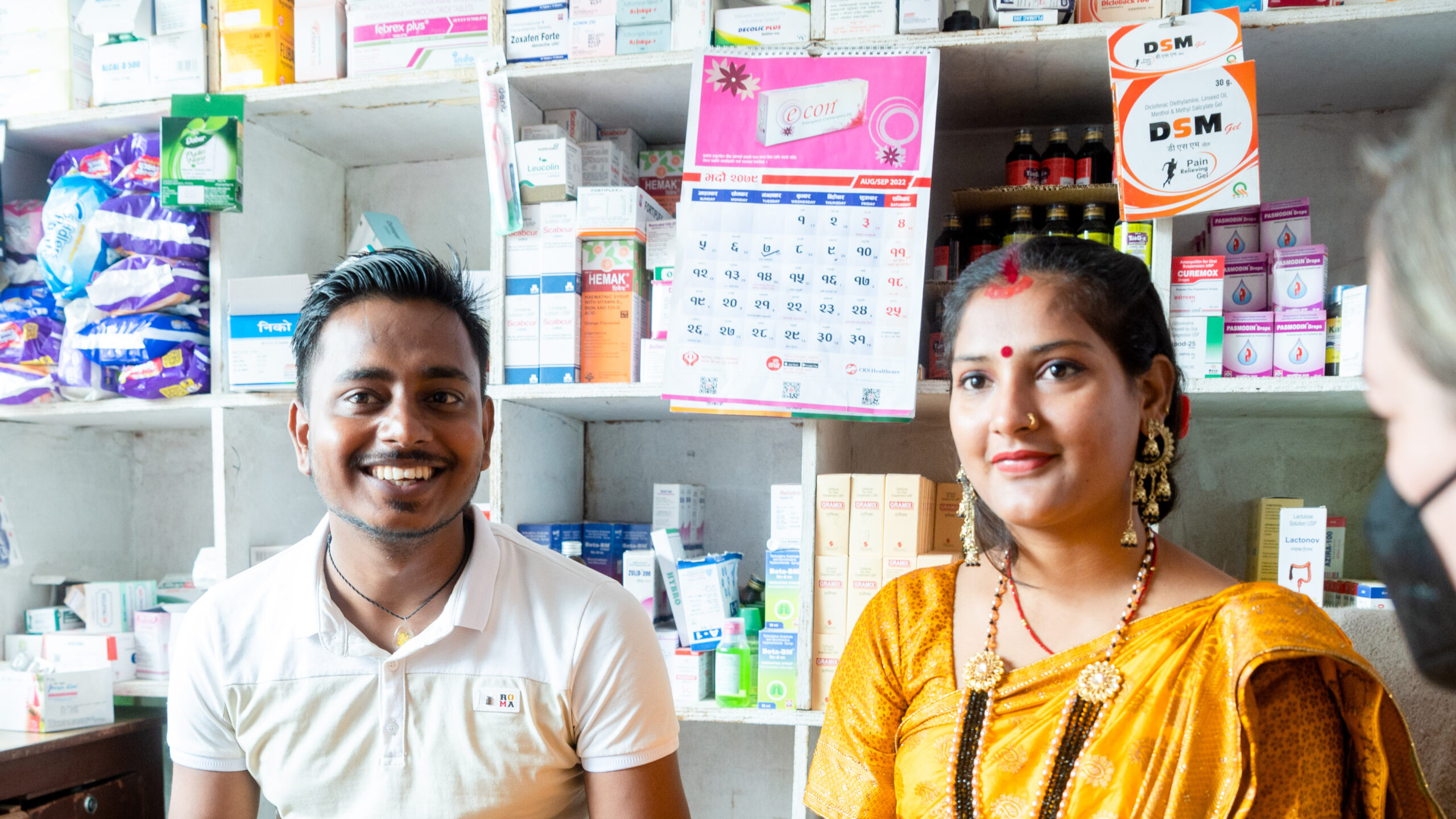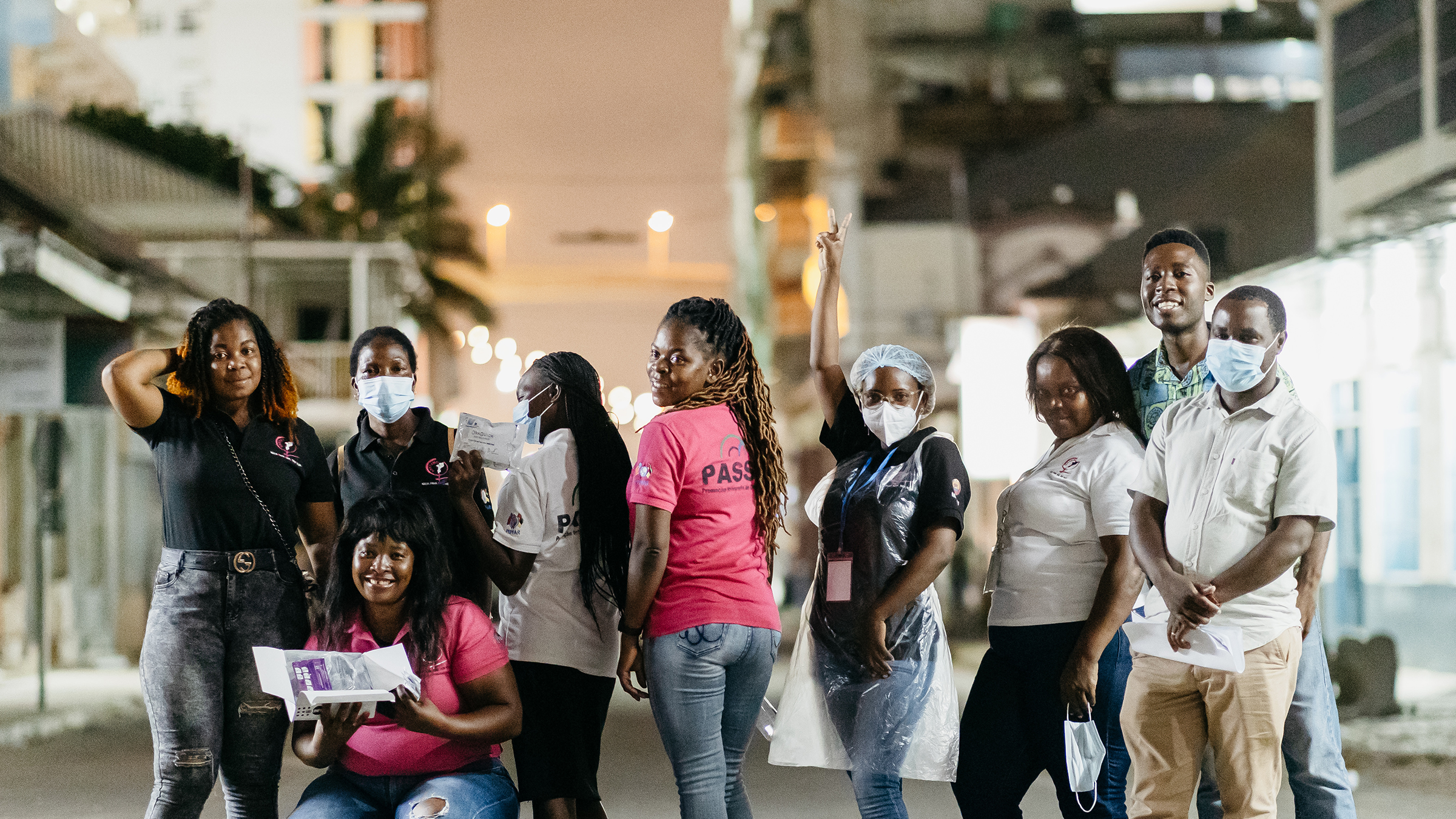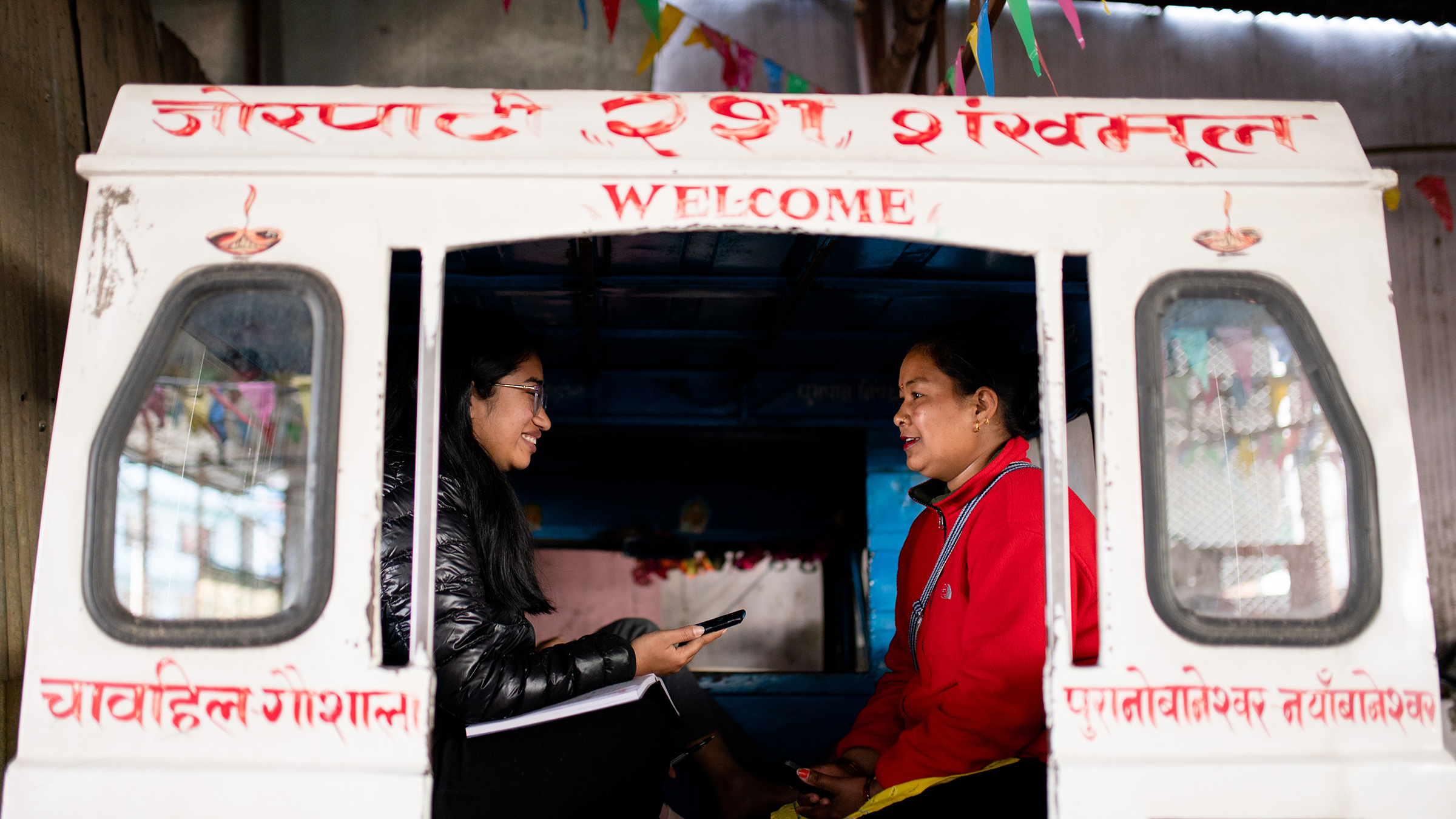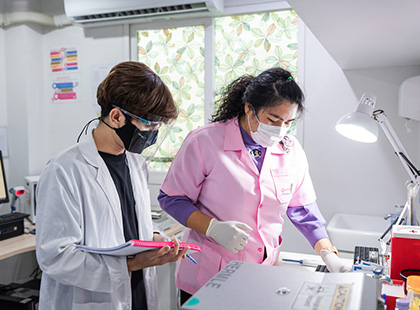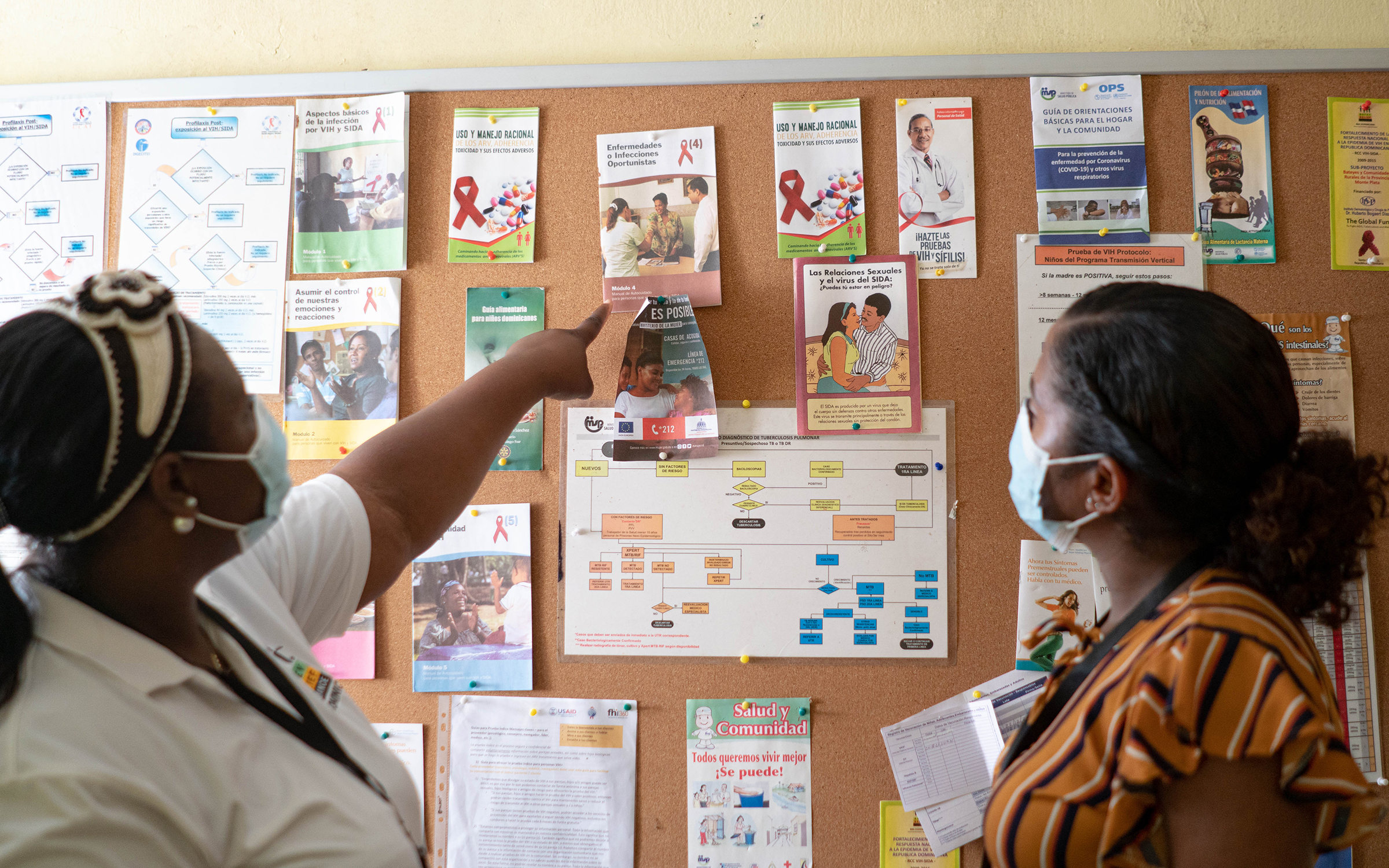FHI 360 develops communication and social marketing programs to prevent communicable diseases.
Throughout Southeast Asia, our outreach education programs encourage migrant workers, hill tribes and other groups at high risk for malaria to use mosquito repellent and seek treatment for symptoms. In Laos, we train village women to monitor animal and human health using cellphones in efforts to halt animal-borne illnesses.
FHI 360’s Malaria Action Program for States (MAPS) in Nigeria works in close collaboration with the private sector and national, state and local governments to increase the number of long-lasting insecticide-treated bed nets in homes and to ensure their correct and consistent use. We also increase women’s access to intermittent preventive drug treatments during pregnancy by strengthening the capacity of antenatal care facilities and implementing training programs.
The PREVENT project
Through the PREVENT project, we train field epidemiologists across Africa on how to communicate effectively during outbreaks of infectious diseases. We are also educating communities and vendors in Bangladesh about the links between drinking raw sap from date palm trees contaminated by bats and the risk of Nipah virus infection.
The C-Change project
The C-Change project worked with the Roll Back Malaria Partnership to develop a Strategic Framework for Malaria Communication at the Country Level, as well as the Essential Malaria Action Guide for use in country. In Ethiopia, C-Change demonstrated how a well-planned communication program can increase the correct use of insecticide-treated bed nets and discourage the use of these nets for alternative purposes, such as covering grain or substituting for rope.
The Village Malaria Workers program
In Cambodia, FHI 360 works with rural communities to reduce malaria transmission and save lives. Through the Village Malaria Workers program, we trained people in 28 villages to provide malaria education, diagnosis and treatment. In these remote areas, village workers provided malaria testing to 13,351 patients with fever and treated more than 3,000 patients for malaria.
